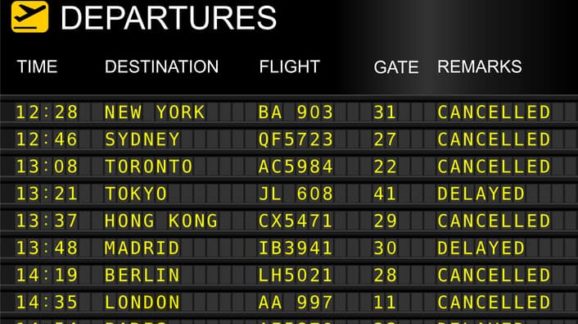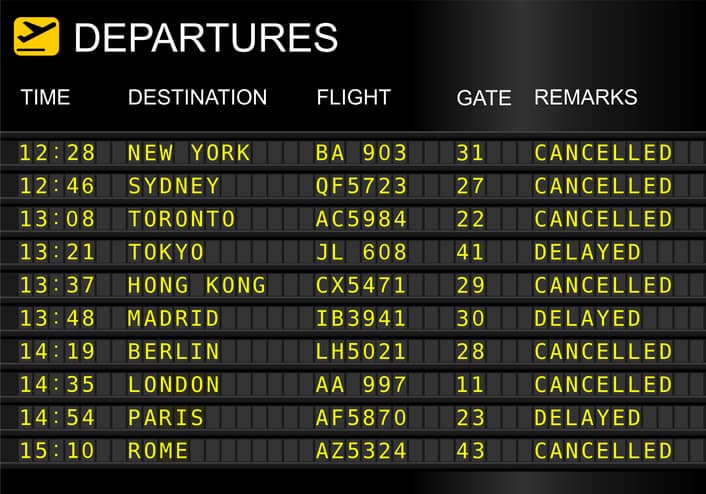EPA Sends Proposed Aircraft GHG Rule to White House for Review

 On May 1, the Environmental Protection Agency (EPA) sent its first-ever proposed rule on aircraft greenhouse gas (GHG) emissions to the Office of Management and Budget for review. Promulgated pursuant to the Clean Air Act, the proposed rule builds on the EPA’s 2016 finding that such emissions endanger public health and welfare. But it comes at a time when the airlines are struggling badly because of the COVID-19 crisis and can ill afford potentially expensive new obligations.
On May 1, the Environmental Protection Agency (EPA) sent its first-ever proposed rule on aircraft greenhouse gas (GHG) emissions to the Office of Management and Budget for review. Promulgated pursuant to the Clean Air Act, the proposed rule builds on the EPA’s 2016 finding that such emissions endanger public health and welfare. But it comes at a time when the airlines are struggling badly because of the COVID-19 crisis and can ill afford potentially expensive new obligations.
Internationally, the United Nations’ International Civil Aviation Organization (ICAO) has set its own GHG emissions reductions. They call for an emissions freeze, to be met through more energy efficient aircraft, increased use of biofuels and other “low-carbon” alternatives, improved airline operations, or the purchase of approved offsets. An emissions freeze is particularly challenging given the projected doubling of passenger miles flown over the next 20 years. The U.S. is a member of ICAO, and is among the nations that has voluntarily agreed to impose the freeze in 2021. It becomes mandatory in 2027.
The airline industry and aircraft makers have supported the ICAO provisions as reasonable and achievable, at least until recently. The problem now is that the baseline for calculating the freeze is the average of 2019 and 2020, so the baseline is plummeting thanks to COVID-19. The industry now prefers that the baseline be based on 2019 alone, which is much more in line with their initial expectations.
The airline industry has also been supportive of the EPA regulatory process to the extent that it implements ICAO’s targets. The absence of an EPA rule may make it difficult to sell American-made commercial aircraft internationally and for American-based airlines to operate in ICAO-member nations. But the industry groups have been clear that they want EPA measures that only reflect ICAO and not go any further.
In contrast, environmental activists and their allies in Congress have shown a keen interest in cracking down hard on aircraft emissions. This was seen both in the Green New Deal and again during the debate over the first coronavirus stimulus package in which House Democrats sought to make airline financial relief contingent on measures more stringent than those of ICAO. Both efforts failed to become law.
Now, environmentalists have attacked the ICAO provisions as too weak and oppose the baseline adjustments requested by the airlines. They also want “technology forcing” EPA measures that go beyond ICAO.
The EPA’s proposed rule should be published in the next few months. But the debate over it, the ICAO provisions, and what adjustments should be made in light of COVID-19 and its devastating impact on the air travel sector has just begun.